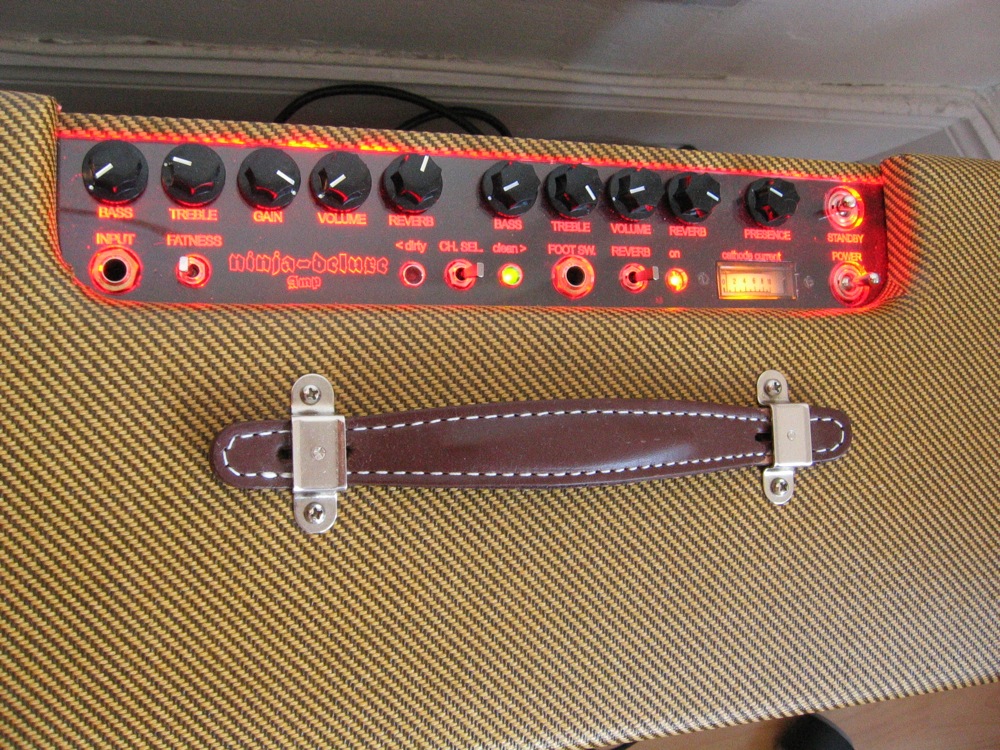Originally posted by Steve Conner
View Post
I think MWJB makes some very practical points about retrofitting. Maybe retrofitting to include the bias-box would be too much of a PITB for the average guy, or too invasive a procedure for a vintage amp. But if someone's doing a complete teardown/revision (aka "gutting") an old amp then there's not much impediment to building a circuit around a bias-box. Today's amp market also involves a lot of DIY builders who build clones of classic circuits. In that case the concerns about being too labor intensive or too invasive go away. For a new amp build it would be easy to accommodate the bias-box into the design.
Looking forward to designing/building new amps: I've seen a lot of amps that have very poorly conceived bias supplies; it seems to me that this occurs because designing bias systems isn't very glamorous, so people don't put a lot of effort into it. It's an afterthought. There's a lot to be said for well thought out systems that are modular and offer turnkey solutions for designers/builders. If you're designing an amp, the ability to buy an off-the-shelf solution for the bias subsystem saves time and effort. If R.G. can come up with an embodiment that provides a complete bias-system in a compact package that's easy to incorporate into an amp design, then it might catch on in the DIY builder's market.
Unfortunately, I don't think that companies that manufacture amps would have much interest in it -- they tend to prefer using other peoples' IP without paying for it.
As far as personal applications go, I've told R.G. that if he had something up and running right now that would work in my application, I'd definitely try it out. For my application, I'd need some mechanism that would allow me to configure the LED set point, rather than being blind to what the green light actually means. I think DIP switches could serve that purpose.


 Do you have a schematic of the bias circuit? I think it would be relevant to this thread.
Do you have a schematic of the bias circuit? I think it would be relevant to this thread. I'll stick with KISS
I'll stick with KISS

 As devices go, a uC takes the problem one step further along the "hard to understand" spectrum, because if you don't release your code then people are forced to looking at your uC as a black box that performs black magic. Not that that is necessarily all bad ...
As devices go, a uC takes the problem one step further along the "hard to understand" spectrum, because if you don't release your code then people are forced to looking at your uC as a black box that performs black magic. Not that that is necessarily all bad ...
Comment